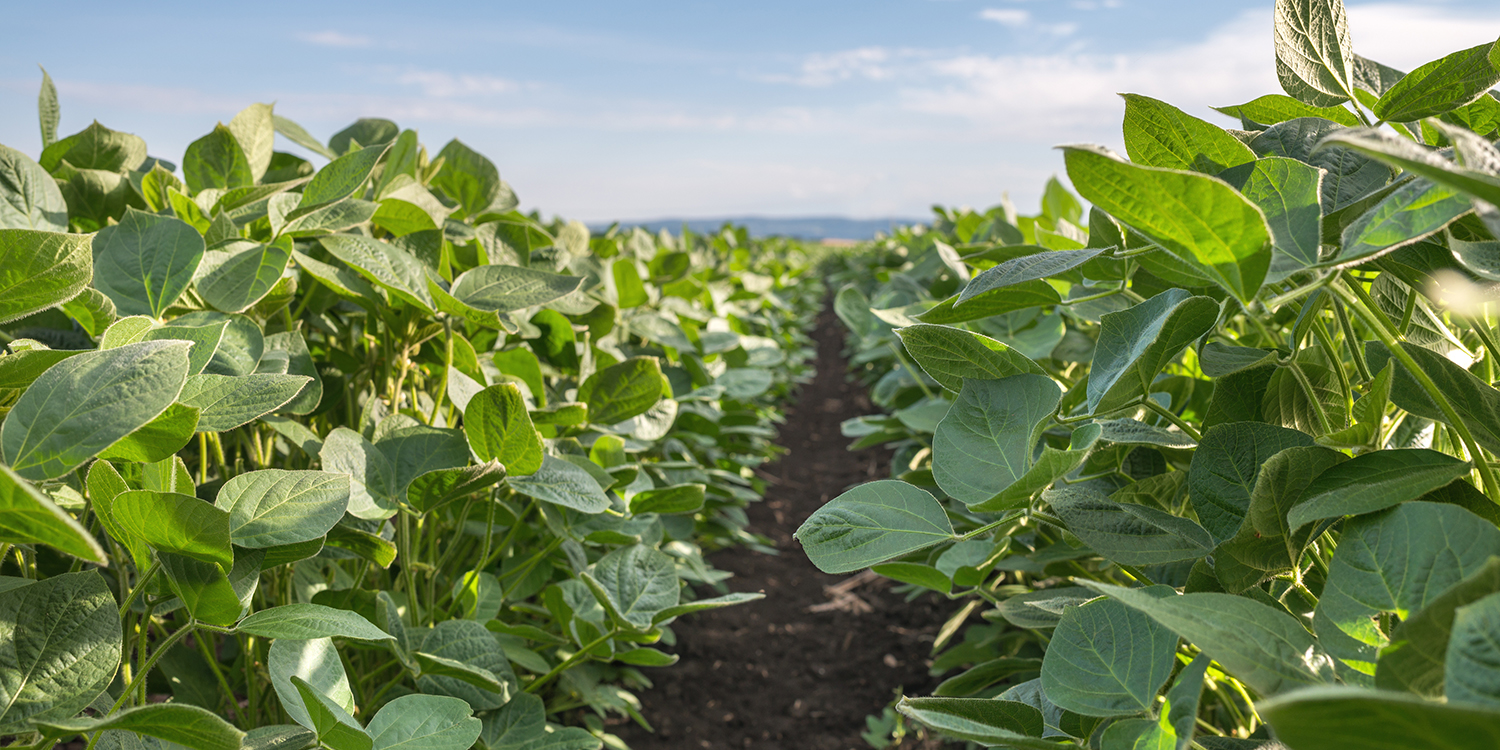In February we learned that dicamba herbicide restrictions were moved up to a June 12 cutoff date.
With soybeans continuing to be planted earlier, that leaves a lot of the season left for weed pressure, particularly from waterhemp. That news left us looking for solutions.
We are advising soybean growers using dicamba traits to apply their dicamba products pre-plant or as residuals. Those are times where we can utilize the technology and not have to be wary of applications too far into June.
Beyond Dicamba
What other solutions give us the results we want to see when dicamba is becoming more regulated? Group 14 and Group 15 residuals are going to be our strongest defense against the increasing pressure of waterhemp besides dicamba. If we were to give a general recommendation without knowing your unique circumstances, we recommend a good foundational pre application, then overlapping with
a post residual application of a Group 14 or 15. This would provide us the best chance at solid seed bed and longer lasting control.
Every company has a different offering of these groups of chemistry, and we carry them all. We can sit down with you and look at your farm’s unique factors and find a new herbicide program that fits this scenario.
Factors Beyond the Chemistry
Its crucial to make your application the best way possible the first time. With the June 12 cutoff date, we may have to be rolling a bit earlier than we necessarily want to, but it is always better to spray early than to be applying late. Be sure to add a residual if that application must be made earlier than ideal. A great argument for spraying early is so we don’t create a resistance issue with these groups of herbicides. As weeds advance and change, the tools available for us to use are becoming increasingly slim. Good stewardship of our available chemistries is key to their long-term use. Our team of agronomists takes this very seriously because we’ve seen how that can happen with weeds becoming resistant to ALS’s and the effective control that Roundup has in certain areas.
No matter what program you’re using, the best way to execute weed control is to understand and accomplish accurate timing. For example, certain pre’s are most effective after beans are planted but before germination cracks ground. Last year, our windows of application changed due to weather – something we should be ready to adapt for any year. We ended up trying to catch up to the weed presence the rest of the year.
The pre’s felt to blame. However, I would argue that the pre’s controlled 99% of the pressure; visually it still looked like a lot of weeds coming through, but without that 99% control it would have looked much worse. Pre’s are critical in managing the weed seed bed, and ultimately the number of weeds we end up having to attack later. That suppression of weeds early in the season is crucial.
Beyond the chemistry used, we also need to be utilizing the best sprayer tips, the correct gallons per acre, the right pressure… a good application is influenced by all these factors and more. Even the adjuvant you use plays a large role in the efficacy of your spray. Personally, I feel confident recommending our Winners Circle line of adjuvants because even though the adjuvant industry is very unregulated, we use only the highest quality active ingredients.
Utilize the Wells Ag Supply Team
The updated dicamba date makes this a very complex situation. The knowledge needed for all the other chemistries and how to overlap them is critical but can be difficult to sort through. Our team does this work for you – we know how important it is to make sure you are profitable, especially in a volatile market, so let us work through it with you. Spending your dollars most effectively is the business we’re in and that comes down to more than just the products you’re applying.



